Jeffery Sez: The Lost Anthems of Canadian Alt-Rock (Remastered and Reborn)
Jeffery Sez was one of those bands that never got the big break, but damn if they didn’t put in the miles. A decade of sweaty, beer-soaked shows, DIY tours, and anthems that should’ve been blasting from every car stereo.
Now, thanks to Supreme Echo, we get ‘Building Rafts Out Of Burnt Bridges’—a killer remaster of 12 tracks from their prime years, packaged with a beefy 8-page booklet full of lyrics, photos, and memories. It’s the kind of release that makes you wonder why they weren’t bigger.
Digging through the past wasn’t easy. “I had forgotten most of the shows,” Tension admits. “It’s been over 20 years, and we drank a lot on the road.” The memories are hazy, but the music holds up—loud, urgent, and full of that ‘90s heart-on-sleeve energy. No regrets, no redos, just a solid document of a band that gave it everything. These days, Tension is writing and directing commercials, still creating, just in a different way. But for anyone who was there—or anyone who missed out—this record is a shot of pure 90s nostalgia done right.
Jeffery Sez was driven by Michael Tension (vocals/guitar, 1994–2005) and Jai Joans (bass/vocals, 1994–2005), with Christian Down (lead guitar/vocals, 1995–2000) handing the reins to Joey HiFi (lead guitar/vocals, 2000–2005), while Chris Hitchcock (drums/vocals, 1996–2005) held down the rhythm.
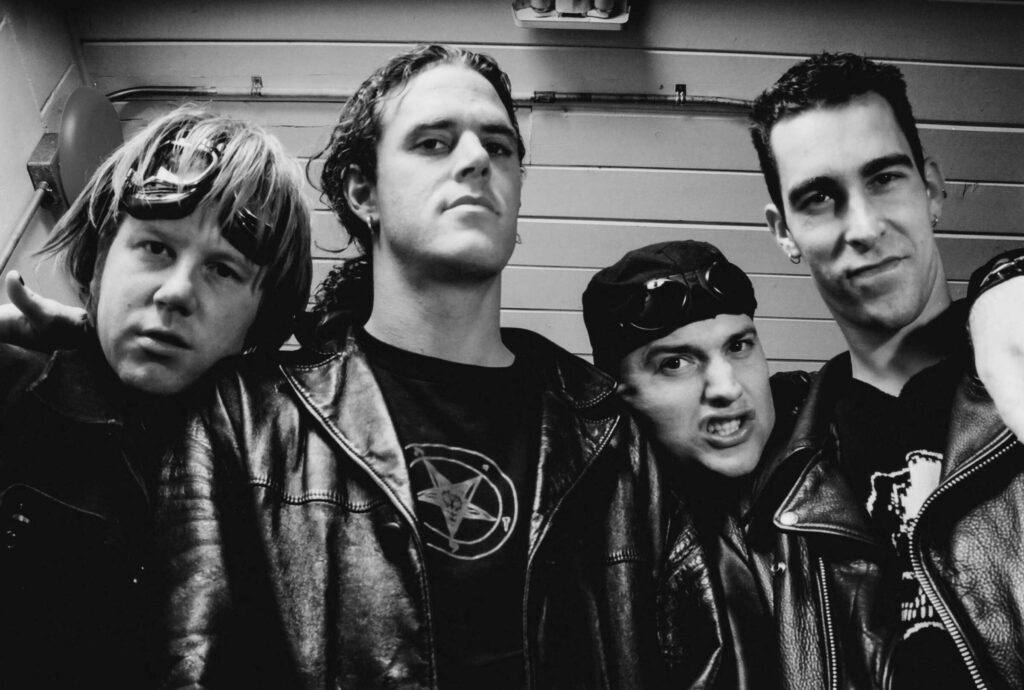
“I wanted to write fast, fun-sounding music with dark lyrics.”
Alright, let’s start at the roots… What kind of scene, if any, did you crawl out of? What pulled you into making music?
Michael Tension: At the time when I began writing songs, in the late 1980s, music seemed to me to be at a low. I was likely wrong, but at the time, that’s what it felt like. Back then, I was into thrash, metal, and punk. But hearing grunge in the late eighties really changed things for me in a huge way. You could be angry and still be understood vocally. It was really exciting to sing some hard lyrics instead of just yelling and screaming. But at the time, I really got into music to stay alive. I really thought I’d die without it back then. As kids, we’re very different.
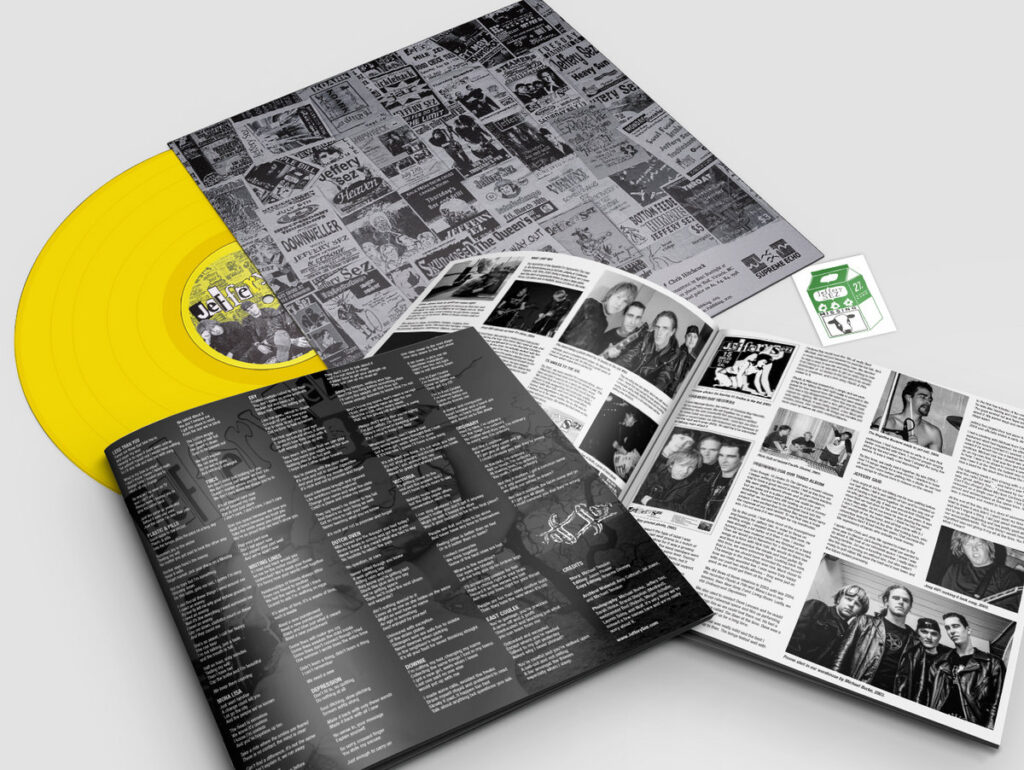
So, that ferry ride… stealing a cow puppet, getting high, goofing off… How did that whole ridiculous night lead to the name Jeffery Sez and set the tone for everything that followed?
I was about 17 years old. I was growing from a loser kid to a confident young man—at least I thought I was. I was playing a ton of guitar. My singing was improving. I was writing songs daily. People were actually listening to me. Being in a real band was close at that time. I had been in bands before then, but I really wasn’t any good. I was self-taught, and that really slowed things down. It was a coming-of-age time for me and definitely the next step toward starting life as a band member.
Derek, an older friend of mine, went with me to Vancouver, BC, to get me a fake ID. You have to take a ferry from Victoria to Vancouver. On the way back, I stole a puppet of a cow from the gift shop. It was a knitted jersey cow. I had forgotten about it—until an hour later, when we were both stoned out of our minds on the car deck. I put the puppet on my hand while keeping it pocketed so my friend didn’t see.
“He’s Jeffery,” I said to him menacingly, “the bastard son of Maybel and Mr. Ed.” I revealed the puppet and pushed it close to Derek’s face.
“Jeffery says, fuck you!”
The cow puppet mouthed the words as I said them. We both laughed hysterically.
“Jeffery says, fuck you!” became the catchphrase of our group of friends that summer—a great summer of singing songs, smoking pot, drinking beer, and many beach parties.
A year later, when I was eighteen, I remembered Jeffery Says. I thought, That’s a cool band name. Better if it was “Sez,” though. I painted a logo right away, using the Sex Pistols as my inspiration, of course. I first found each letter in different magazines and newspapers and then painted them onto some paper I had lying around. It would have had more colors than black, white, and yellow, but I think that was all I had at the time. I planned on finishing it later and never did. Regardless, that’s where the name came from.
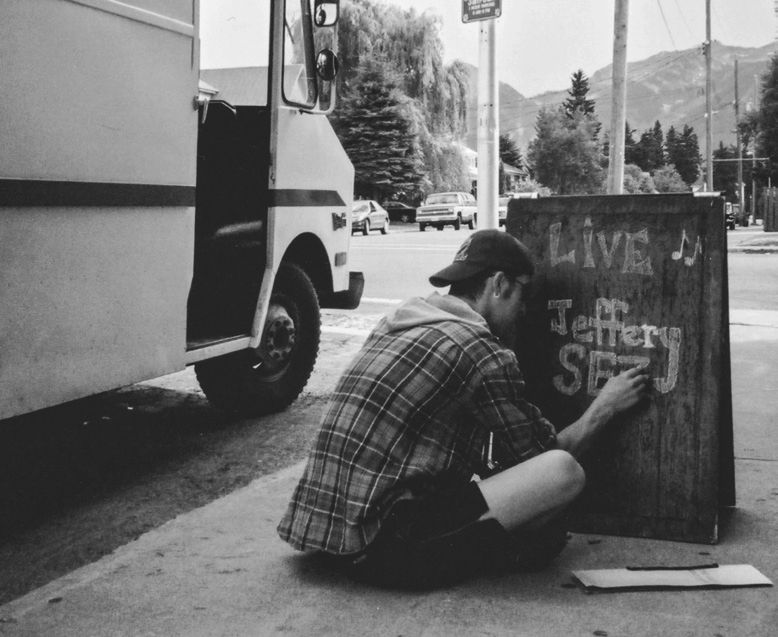
If I time-traveled back to your teenage bedroom, what would I find? What records were stacked up, which fanzines were scribbled in, what posters were peeling off the walls?
When I was a young teen, I really loved horror movies and heavy metal. It really scared my parents, especially my stepmother. I also used to be really into drawing, painting, and creating my own comics as well. In the 8th grade, my art teacher told me drawing was the only thing I was good at. What he said really pissed me off. At that time, I was really into writing, special makeup effects, and music as well. I stopped taking drawing seriously and put all my efforts into writing.
Hmm… I’m not really answering the question here. Let me try again.
My walls were covered in horror movie posters and pictures of my music heroes, cut out of magazines like Creem, Metal Edge, Hit Parader, and Circus. I also liked hanging up different makeup effects I had worked on. There were arrows and dried-up blood on a silhouette shooting target, for example. It likely looked odd, but it made me very happy. I wasn’t a mean kid at all—just artistic and a bit of a loner. Mind you, I was grounded as punishment an awful lot as a youth, which kept me alone for long stretches of time. I also had a subscription to Fangoria and a massive collection of Mad Magazines.
When Jeffery Sez first came to life, what was the master plan? Or was it just a glorious accident?
I actually took two stabs at Jeffery Sez. The first lineup was in 1990. I joined a band that already existed—they had never had a singer before. I got them to use all my songs, ditch what they had been playing, and change the band name to Jeffery Sez. We lasted as long as most young bands—long enough to play some shows, record a demo, and then break up.
In 1994, it was time to try again. I had been in a metal band shortly after the first Jeffery Sez, and from that, I learned that I needed to be in my own band. I did have a plan. I wanted to write fast, fun-sounding music with dark lyrics. And I wanted to play for a living—to tour and be respected for being an alcoholic. All I needed were three other people who felt the same way.
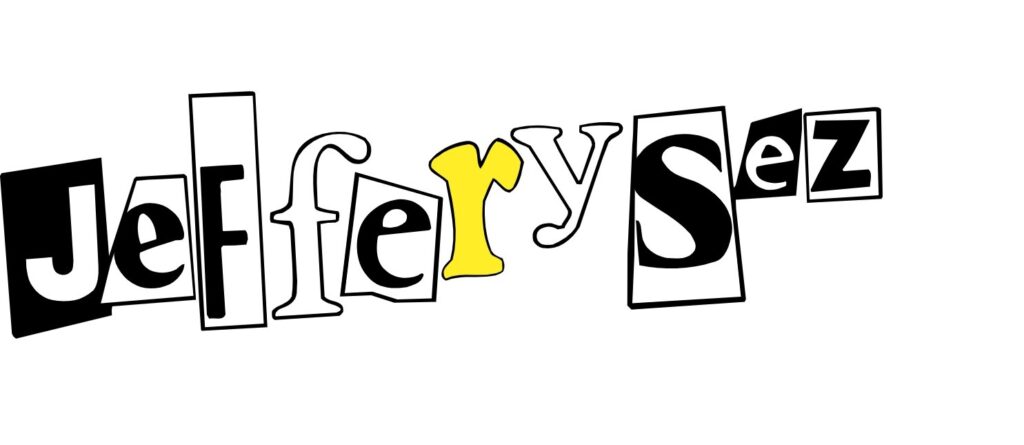
Were you or any of the other bandmates in different bands before this? Any weird, forgotten projects lurking in the past?
No one in Jeffery Sez had been in any prior projects worth mentioning. We had all been in plenty of bands and played lots of shows—just nothing anybody would have heard of or cared about.
“Play every show like it was your last”
You lived and breathed DIY, recording that first cassette EP at Mostyn Sound, throwing yourselves into those early tours like it was life or death. Give me a snapshot from that era, something unforgettable that sums up what it felt like to be in the middle of it all.
“Play every show like it was your last” was something my first mentor, Larry Ottaway, said to me. Larry owned Mostyn Sound, where the first Jeffery Sez recorded a demo back in 1993. I used to visit Larry, and he would share his wisdom from playing in Toronto in the 1980s. I took everything he said to heart.
I did all the things he taught me—how your band should look like a gang, how every member should enter and leave the stage at the same time, how to avoid dead air when playing a show. It may sound obvious, but these are all things you just don’t think about in the beginning. You’re only concerned with the songs. But everything else involved in performing is just as important if you’re going to make it as a band.
I remember seeing 54-40 at a large festival in 2013. They looked like they’d just come from working on their gardens. They definitely looked better when we opened for them in a large club back in 2002. Looks aside, they sounded awesome at both shows. Hopefully, I haven’t lost my point—if you’re gonna do it, do it right.
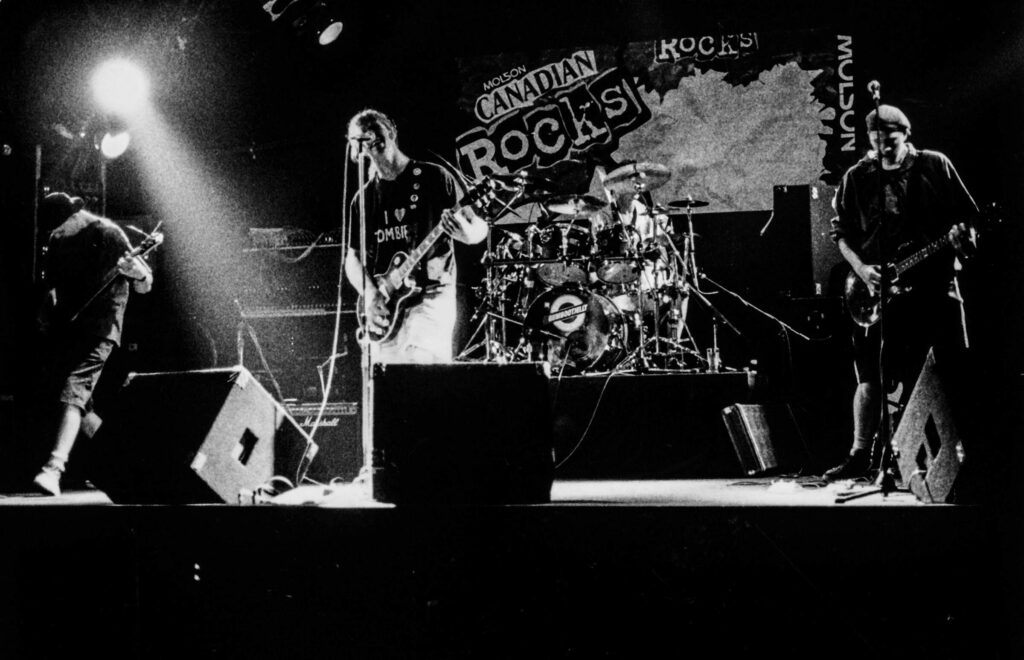
The Supreme Echo release: does it feel surreal seeing these tracks get a fresh breath of life? And working with Brad Boatright on the remaster—what was that like?
The coolest part about this release, for me, is how Brad Boatright’s remastering sounds. You really feel like these songs were recorded in the same session. Even the unreleased demos sound great.
Christian also fixed a section in the song ‘Tincs.’ We recorded it back in 1998—it was our first real album and an analog recording as well. While tracking, we completely forgot to do a guitar bend at the end of two riffs. The engineer, Rick Salt, said it was easy to add back in during mastering. So Christian recorded the bends while doing lead guitar tracks, and we planned to fix it in mastering a year later.
But we recorded Christian’s lead sound, not the rhythm guitar. To us, it sounded awful. It sounded like shit. Man, I’ve hated hearing this for over 27 years! With modern technology, you can separate any song back into its original tracks and edit it. It’s amazing. Now Tincs sounds great—or at least, the guitar bends do! I’m sure Brad Boatright could have done this easily, but Christian Down is now a producer/engineer, so it was really cool to have him do the fix.
Out of the 12 tracks, is there one that hits you right in the gut every time? What’s the story behind that song, and why does it feel so personal to you?
‘Mona Lisa’ is one of the tracks that had never been released before. At the time, I was writing our third album—it was early 2003. We would take weekend trips to Nanaimo, BC, and record two new songs live, overdubbing the vocals and lead guitar. The first session, we recorded ‘Plastic And Pills’ and ‘Mona Lisa.’ We did about four of these sessions between 2003 and 2004.
The idea was to demo at least 16 new songs and select the 11 best to record for the next album. When we signed to Cordova Bay Records in early 2003, ’15 Smiles to the Gal’ was re-released, and the demo version of ‘Plastic And Pills’ was added to the album.
‘Mona Lisa’ is a song I wrote for a girlfriend. She had a dark past that made her hate herself at times. I was infatuated with her. This song makes me feel sad when I hear it now. It’s a pretty powerful song, I think.
It’s interesting how things like this come and go in our lives—moments where everything comes together so quickly. I feel like this kind of work always outshines the so-called opus. Go ahead and spend months on a song—people will always be more attracted to what just comes out of you easily.
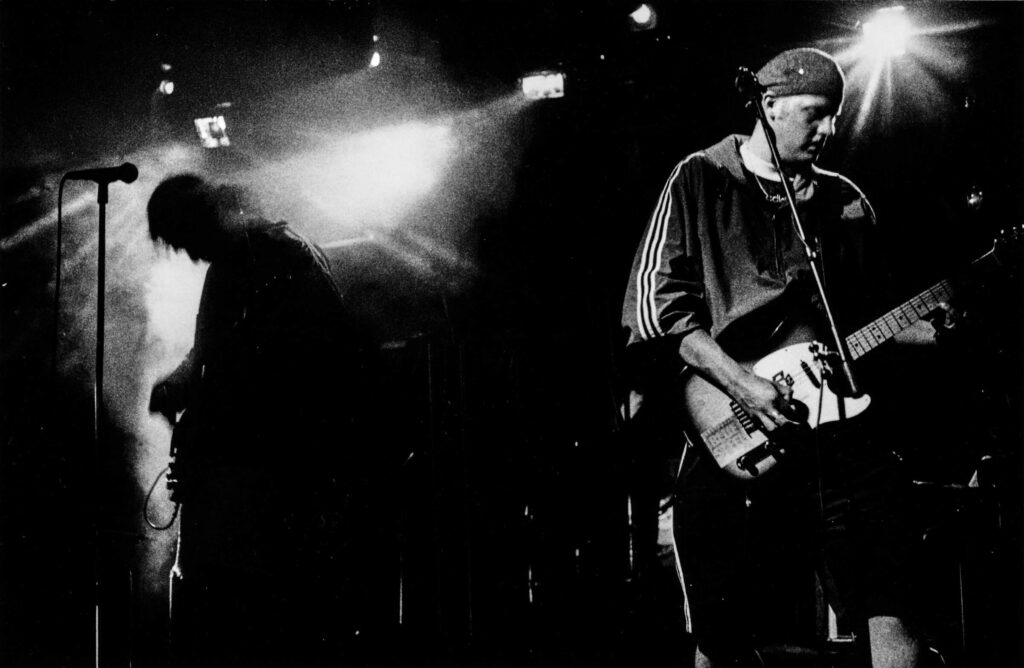
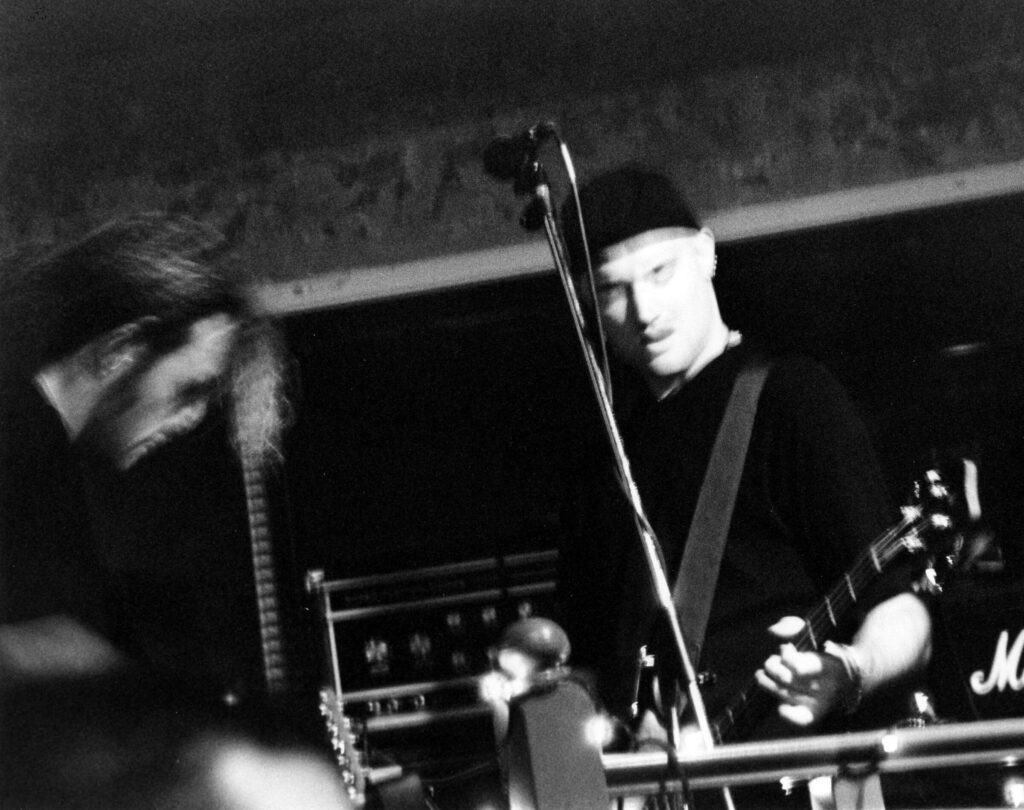
I haven’t been able to track down a full discography—can you walk me through it? Every album, every oddball release, the stories behind them. What was happening when you made them? How did the recording process shake out?
I don’t have much to say today about our demos, mostly because it was so long ago I honestly can’t remember. There’s a blurb about them all on www.JefferySez.com, though. Check that out if you’re interested.
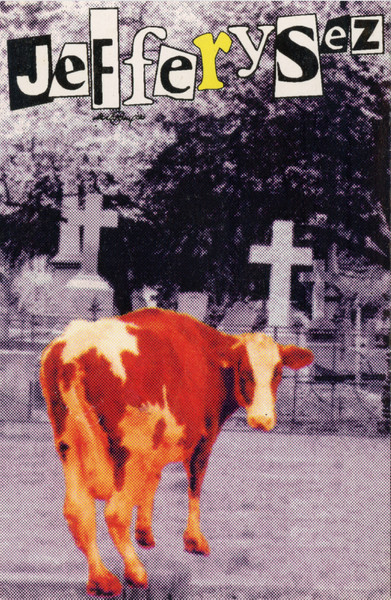
Our first album, ‘Don’t Stand By Dick,’ was ambitious. We booked the studio before we had the $5,000 for the two weeks of recording and mixing time. We had experience recording then, but never in a real studio. Island Pacific Sound was really awesome—best studio on the island in 1998. It was a 100% analog studio back then. Sweet setup in Nanaimo, right under a live bar called The Queen’s.
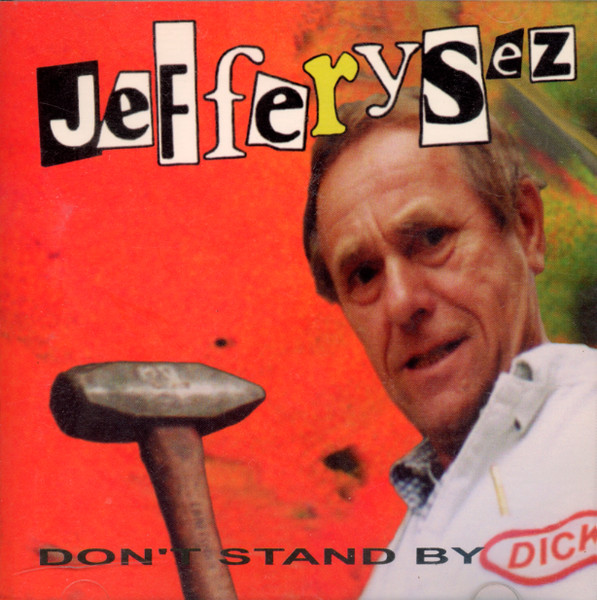
We preferred recording out of town because it was a lot like being on tour. For the time you’re there, you’re only a musician—nothing else.
When we booked the studio, we had just kicked Christian out of the band for not showing up to practice. But we brought him back to do the lead parts on the record, which led to him rejoining the band and coming with us on our first tour.
We spent most of the 10 days we booked like this: eight tracking and two mixing (the last day being 24 hours straight). Then came all the extra costs—$1,000 for color separations (I swear digital direct printing came the next year and killed this cost), plus $2,000 for CD copies. It took until spring of 1999 before we could afford to put ‘Don’t Stand By Dick’ out. Once it was released, we toured hard. It was well received. I think it was sold out by 2001.
In 2002, we went back to Island Pacific Sound again and worked with Rick Salt—this time with Joey HiFi, our new lead guitar player, and seven weeks to track and mix the album. By then, Rick Salt owned the studio, and we negotiated a decent weekly rate. I think we paid just over $7,500, but I could be wrong.
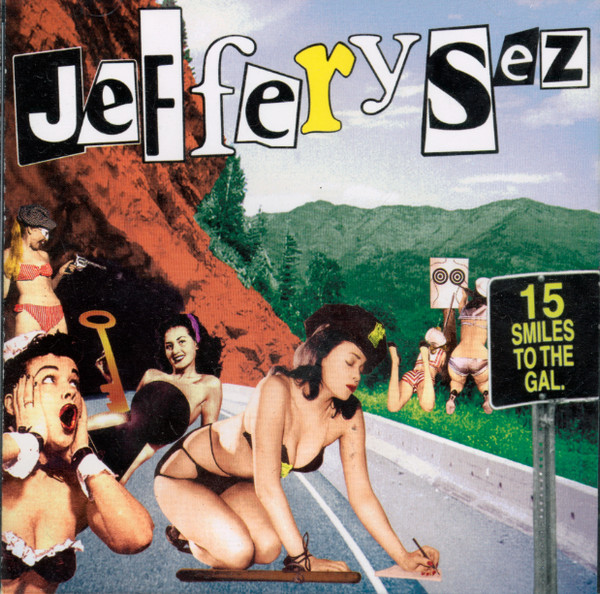
This recording was digital. I was skeptical at first but quickly got over that fear. We really enjoyed the extra tracks and freedom digital offered. We spent the first five days just tracking drums. I sang everything in the control room for the first time. I figured—I always practiced playing live, so why the fuck would I use headphones for the one-time recording of these songs?
The recording sessions were really awesome. I love studio work. I can see why so many artists become engineers, producers, or both. I quit smoking during this time, too. As I remember, singing was a bit easier. I think there are a couple of songs I couldn’t do as well live when I started smoking again at the end of the sessions.
It didn’t take us long to get ’15 Smiles to the Gal’ out and start touring it. By 2003, it was picked up by Cordova Bay Records and re-released.
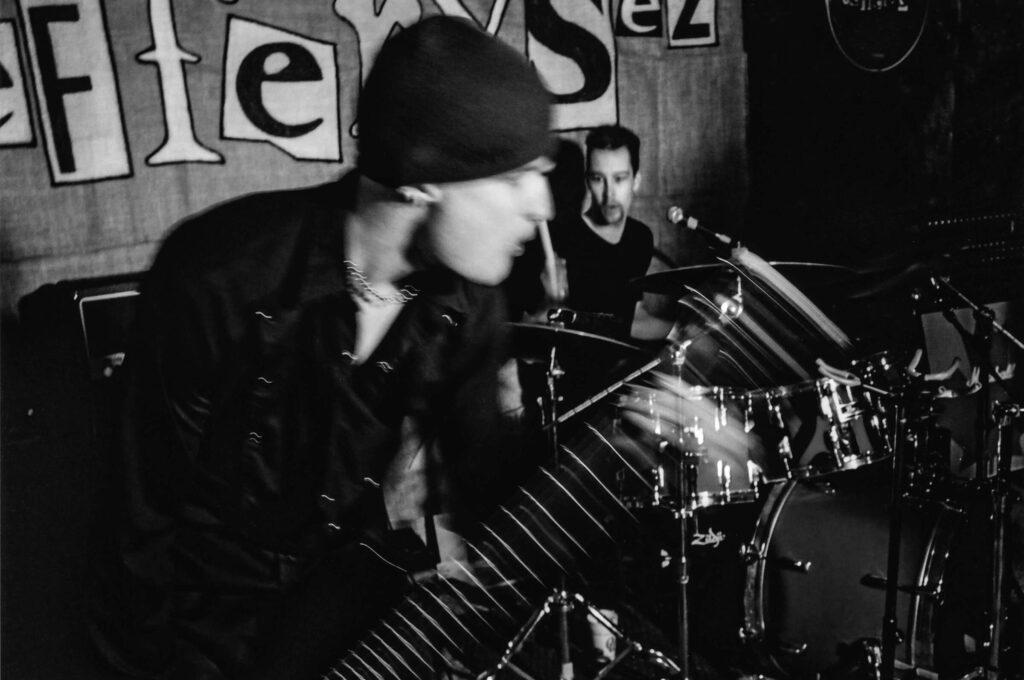
A decade of touring must mean a lifetime’s worth of insanity. Hit me with one story that truly captures the madness of being in Jeffery Sez.
Jeffery Sez played well over 300 shows during our time as a band. A lot of them are long forgotten by me. But I do remember playing a show in a small town called Oyen, AB, at a dive bar called The Alberta Hotel. The stage we played had only one outlet. This outlet also powered all of the lights. And by “all of the lights,” I mean a strobe, a mess of old Christmas strings, and a single black light. Only one plug in this outlet was left for our PA and amps.
Anytime you went near a mic, you got shocked because nothing was grounded. Jai had just bought new black socks, so we used them to insulate the hot mics. I forgot to mention just how hot it was. This was by far the hottest stage we played on this tour. Jai’s new socks were only effective for a few songs before our sweat made them wet, and we started getting shocked again.
Worse, because of the shape of the bar and the location of the stage, nobody could see us playing! Only two people stood watching us and cheering us on. Zap! Zap! Zap! Cheers! Fucking drag.
We finished our first set and made our way to the other side of the bar where the people were. Turns out most of them were carnies from a fair happening nearby. They were an excited crowd, for sure—and plenty drunk. We did the rounds and eventually returned to the stage for our second set. This time, an audience followed.
We played a sweaty and electric set. Electric because of the thousands of shocks we were getting. Finally, we were done, and it was time for us to get drunk as well.
We had a great time with our new carnie friends. As the night neared its end, a young and very drunk carnie decided he wanted to “kick this pretty boy’s ass.” The pretty boy was me. It took me a minute to understand what he meant because I don’t really think of myself as pretty. It sounded just like an Elvis movie.
One thing you should know about carnies—they prefer to police themselves. It’s known as the Carnie Code. This was a lose-lose situation for my band. Even if I could kick this kid’s ass, the same carnies who loved us would kick all our asses. And they would.
The other carnies were telling this guy to fuck off and shut up, but his mind was made up. He wanted a fight. He kept it up as we loaded our gear back into the van. Finally, he was dragged, kicking and screaming, into a Carnie Mobile and driven off to wherever they were sleeping that night.
What a fucking show.
With that over, we drank until the wee hours with the bar owner. Another evening done. Many more to go.
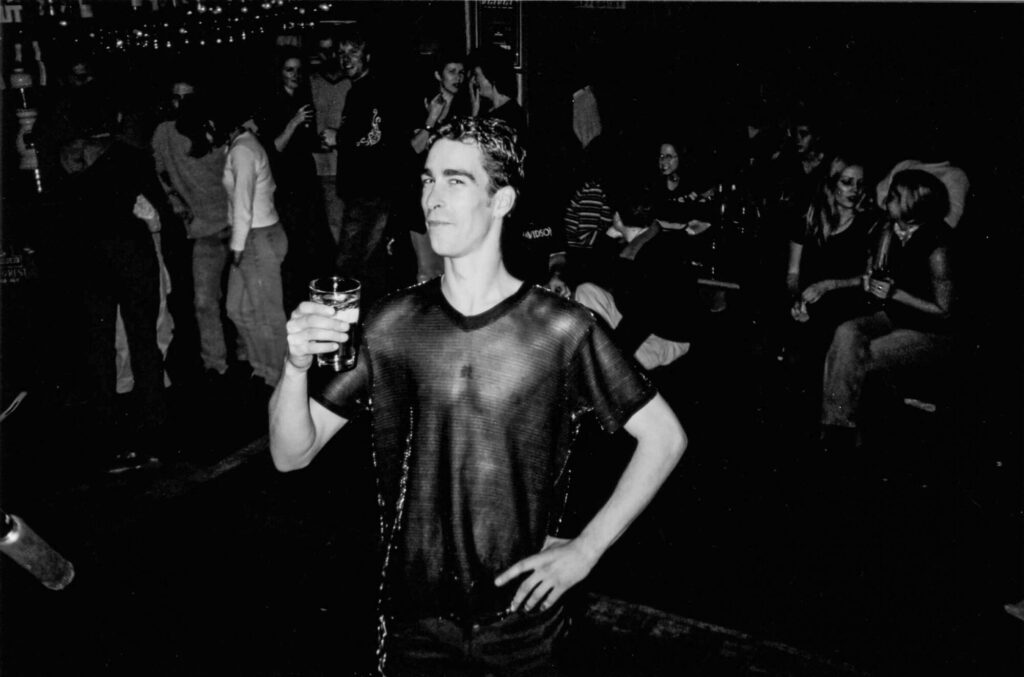
Now you’re putting together this deluxe booklet—photos, lyrics, all the memories packed into one place. What was it like sifting through all that history? Any moments where you had to stop and just soak it in?
Man, there was a lot of shit I kept in a large crate from the band days. It was actually difficult to know what was important and what wasn’t. Most of it just went back into storage and wasn’t scanned or digitized. I must have stopped collecting posters around 2000, when the better shows were played. You just accumulate too much stuff in ten years. I found original lyrics, old newspaper articles, analog reels, demos, gig posters—you name it. I quickly made two piles and put much more than half of it back in storage.
One thing I was short on was photos. I got some from Jai, but nobody else had any. I had forgotten most of the shows. It’s been over 20 years, and we drank a lot on the road. A lot of memories for me are long gone. Now that the important things are scanned and the videos and songs digitized, do I throw everything else away? It’s a lot of stuff that I can’t hang onto forever. Guess I’ll keep it for now.
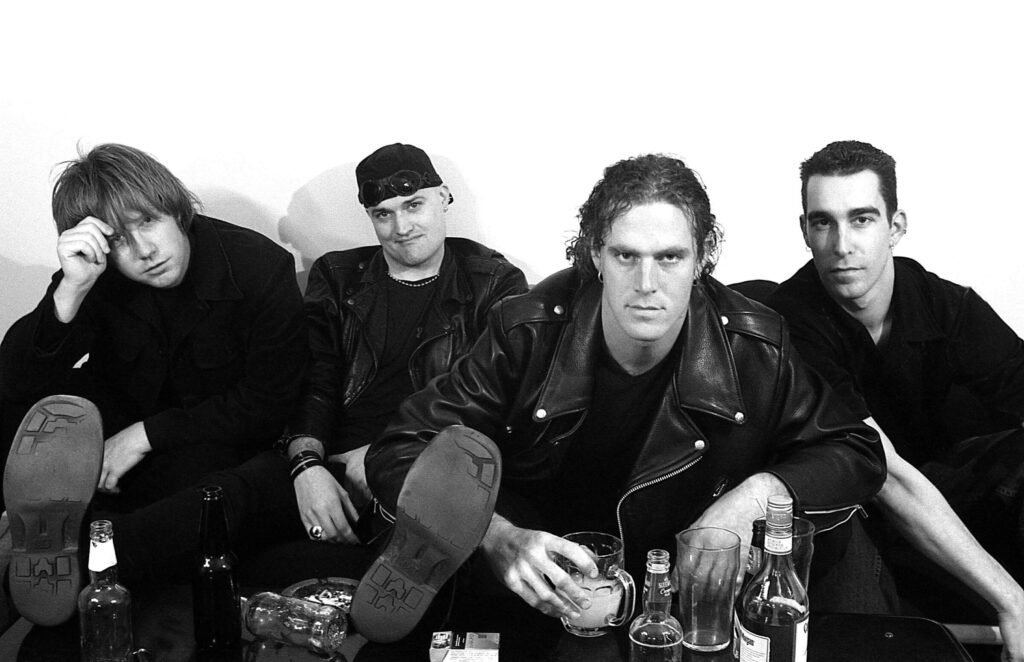
Looking back, what was the moment for you? The highlight, the song you’re most proud of, the gig that still replays in your mind?
I don’t think I have a single memory or even a group of memories that have stayed with me. When I was younger, I was never living for the moment—I believed that life would begin sometime in the future. I know that might sound odd, but I was really just head down, doing, without fully being aware of what was happening.
I’m finally starting to slow down now, take things one day at a time, see things as they happen, and appreciate them. I’m really satisfied with what Jeffery Sez accomplished. I don’t have any regrets. I don’t want any redos. We did what we did, and we’re all still alive. It’s also really cool to do this interview. I didn’t think I’d get any questions about Jeffery Sez in 2025.
What’s keeping you busy these days? What’s life looking like on the other side of all this?
These days, I work in advertising on the creative side. I write ads, do branding, and work online. I’ve written and directed video commercials, which I really love doing. I love my work. It’s not the same as doing your own art—that’s really cool—but it’s very close. I always loved making art as much as performing it. Maybe even more than performing it. So it’s pretty much the best job I could have.
Klemen Breznikar
Headline photo: Jeffery Sez (2003) | Photo by Michael Burke
Jeffery Sez Website
Supreme Echo Facebook / Instagram / Bigcartel / Bandcamp
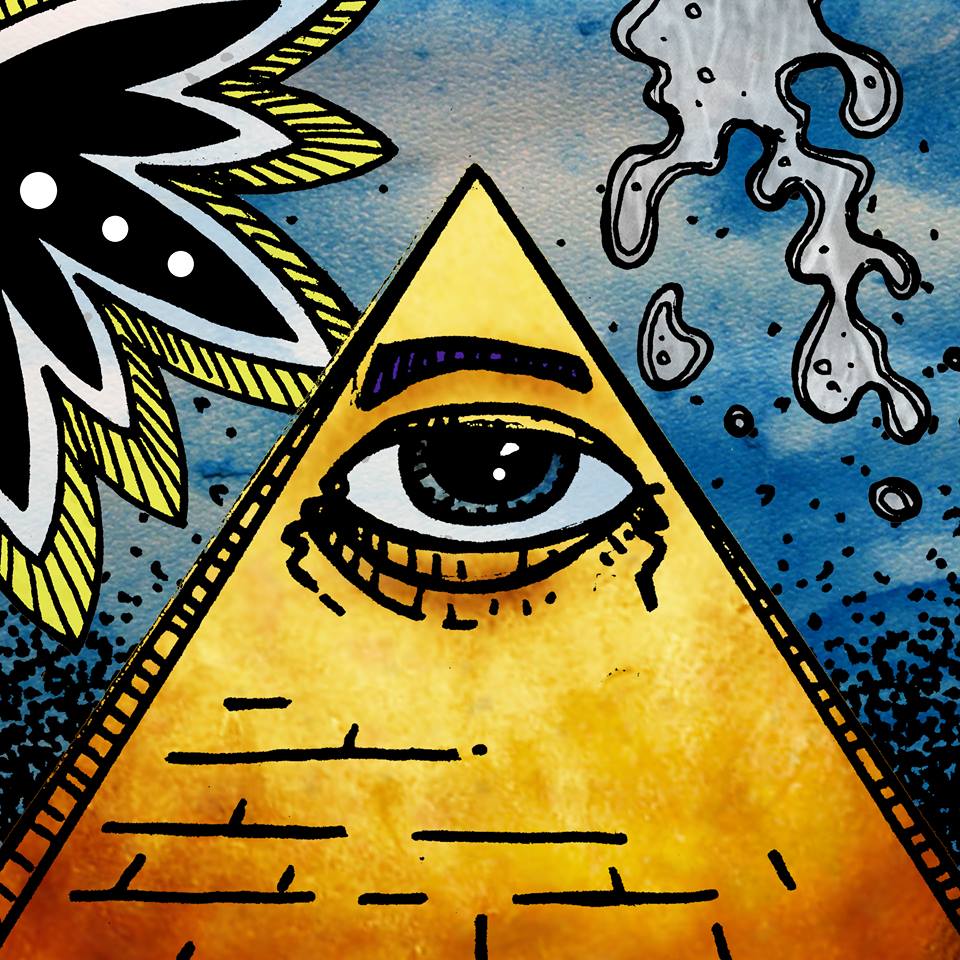
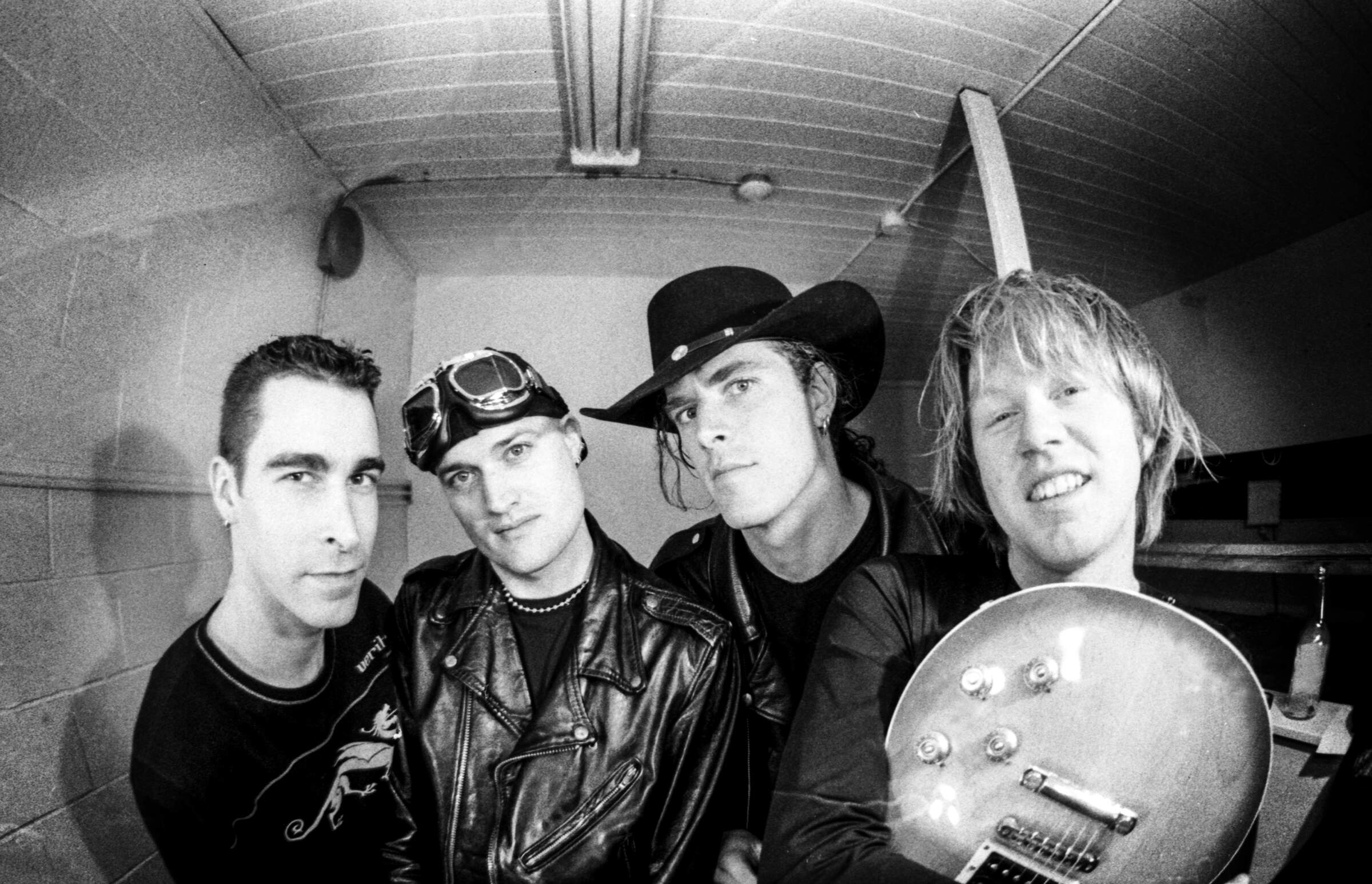
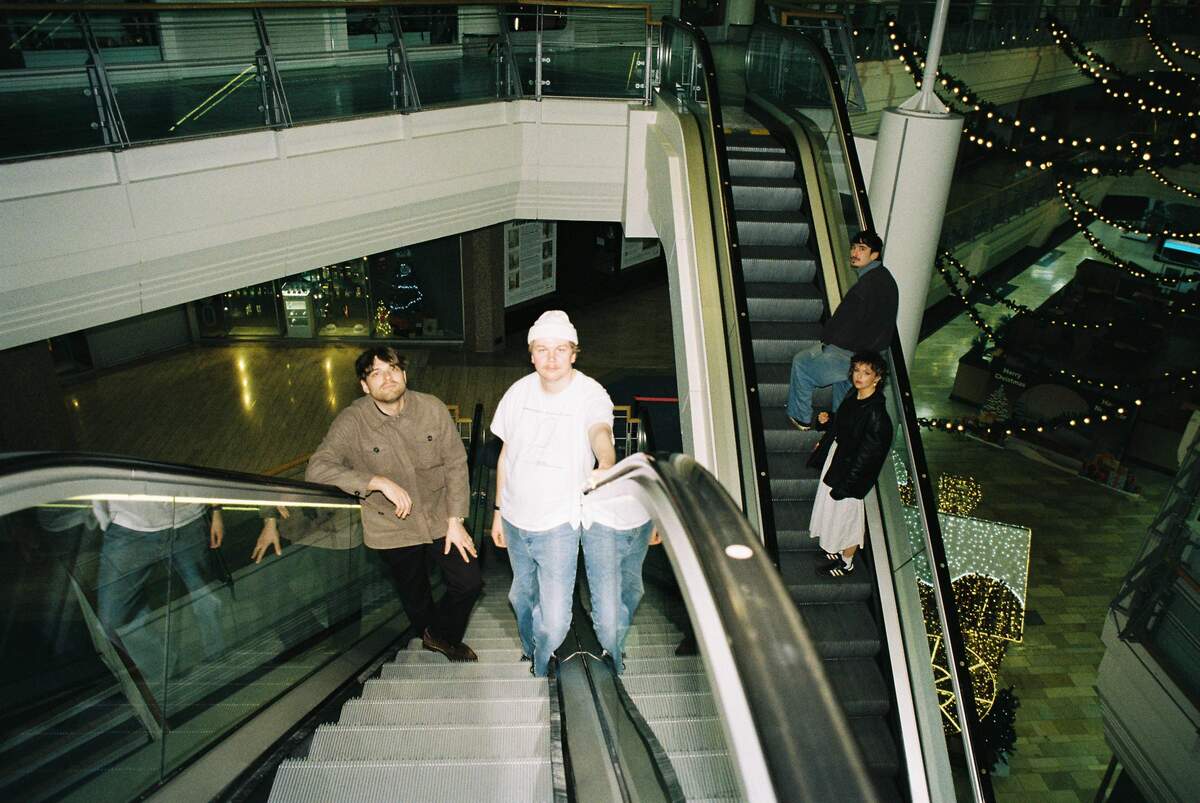
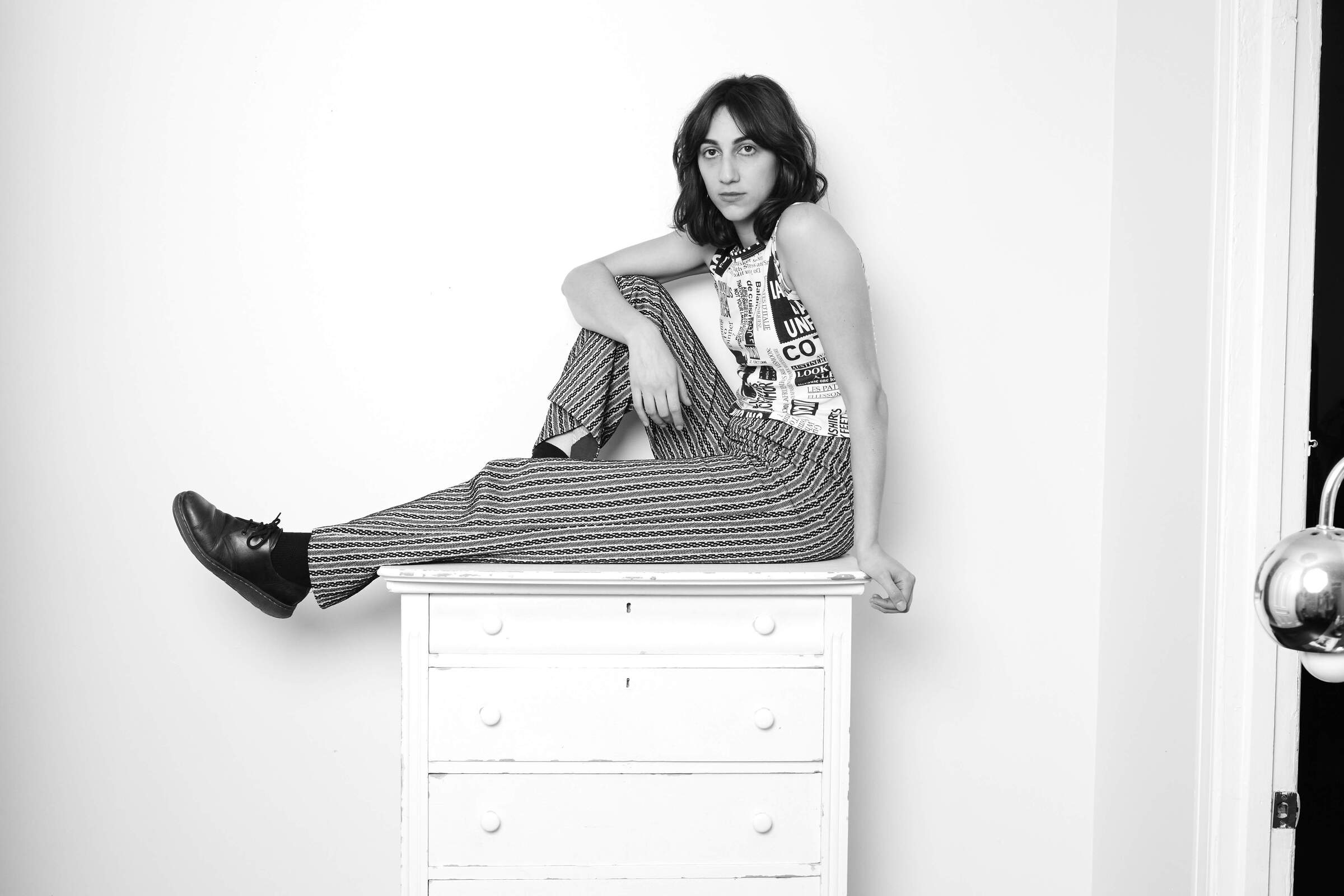
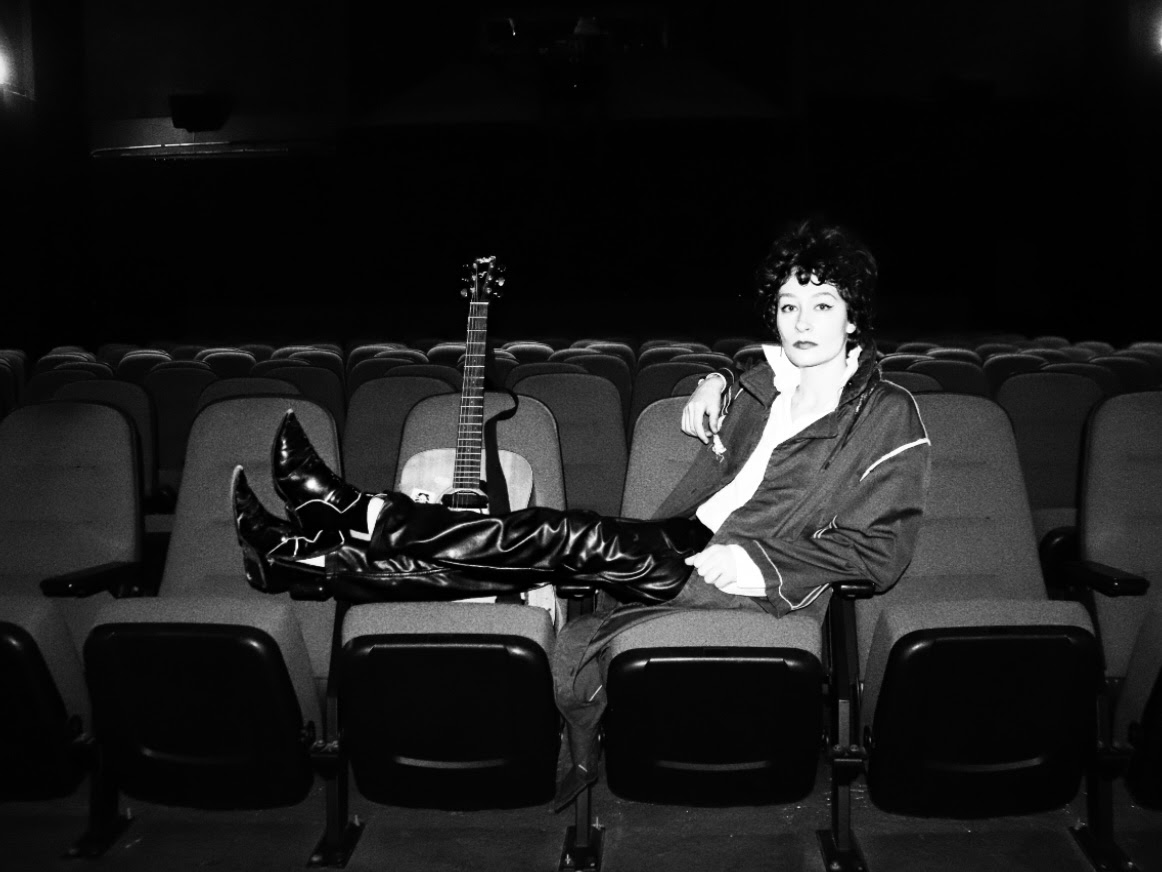
It was great to read Michael’s recollections. He’s a great guy, and a very talented and skilled artist. He has designed 3 my most recent album covers with creativity and care. Very generous and supportive, can’t say enough about him.